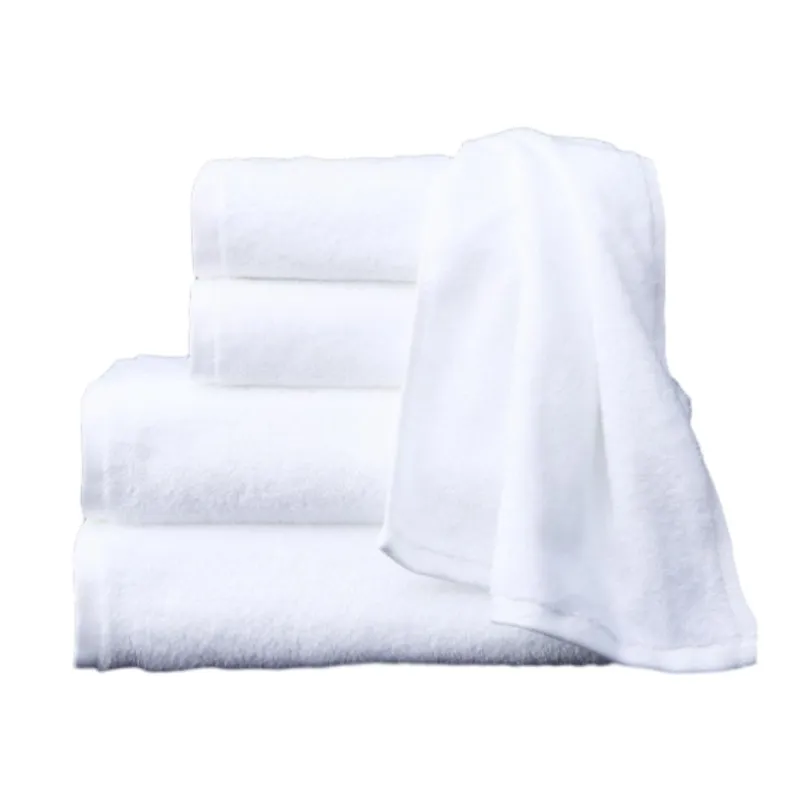Essential Supplies for Wet Felting Beginners and Enthusiasts to Get Started
The Essentials of Wet Felting Supplies A Comprehensive Guide
Wet felting is a fascinating artisan technique that transforms loose wool fibers into a dense, fabric-like material through the combined use of moisture, friction, and heat. Whether you are a novice eager to create your first felted piece or an experienced fiber artist looking to refine your skills, having the right supplies is crucial for a successful felting experience. In this article, we will explore the essential supplies needed for wet felting, helping you navigate your journey into this textile art.
1. Wool Fiber
The cornerstone of any wet felting project is, of course, the wool fiber. The most commonly used wool for felting is Merino, known for its fine texture and ability to felt easily, producing a soft and pliable fabric. However, other types of wool such as Corriedale, Romney, and Shetland also work well, each offering unique properties in terms of texture, warmth, and durability. When selecting wool, consider the purpose of your finished product; finer wool is better for delicate items, while coarser wool is suitable for more robust applications.
2. Bubble Wrap
Bubble wrap serves multiple purposes in the wet felting process. First, it acts as a surface for your felting work, ensuring that the wool fibers do not stick to your work table. Its textured surface also helps create the necessary friction required during felting. To use bubble wrap, lay it out on a flat surface with the bubbles facing up, and place your arranged wool fibers on top. This will facilitate movement while protecting the fibers during the felting process.
3. Hot Water
Hot water is essential in the wet felting process, as it opens up the scales of the wool fibers, allowing them to bond together. The temperature of the water should be around 110-130°F (43-54°C) for optimal results. When wetting your fibers, ensure that they are thoroughly saturated but not overly saturated, as too much water can hinder the felting process.
4. Soap
Soap plays a vital role in wet felting, reducing surface tension in the water and aiding in the binding of wool fibers. It is important to choose a gentle soap that is free of synthetic additives, as these can inhibit felting. Natural soaps, such as olive oil soap or castile soap, work exceptionally well. Use a few drops in the hot water to create a soapy solution for wetting your wool fibers.
wet felting supplies

To help with the felting process, using a rubbing fabric (such as an old towel or felt sheets) can be beneficial. You can place this fabric over your wool fibers and gently rub it with your hands or a palm roller to increase the friction needed for felting. This step can significantly speed up the process and help create a denser felt.
6. Towel
A thick towel is essential for soaking up excess water after the felting process. After your wool has been felted to your desired level, carefully remove it from the bubble wrap and place it on a towel. Roll the towel with your felted piece inside and gently press to absorb excess moisture. This technique helps to prevent your workspace from becoming too wet and allows for quicker drying.
7. Measuring Tools
While wet felting is often a creative and freeform process, having some measuring tools can help achieve more precise results, especially when making items such as bags or garments. A measuring tape, ruler, or even a scale can be handy to measure wool quantities or dimensions for specific projects.
8. Apron and Gloves
Finally, while working with hot water and soapy materials, wearing an apron helps protect your clothing. If you have sensitive skin, consider wearing rubber gloves to prevent irritation from the soap or prolonged exposure to water.
Conclusion
Wet felting is a rewarding and enjoyable craft that opens the door to endless creative possibilities. By gathering the right supplies – from high-quality wool to essential tools like bubble wrap and soap – you can ensure a successful and enriching felting experience. As you gain confidence in your skills, you’ll find that this versatile technique allows you to create unique items that are truly one-of-a-kind. So, gather your supplies, unleash your creativity, and enjoy the art of wet felting!
-
What Makes Felt a Great Choice?NewsNov.19,2024
-
Total Mixed Ration (TMR) Feed for CattleNewsNov.19,2024
-
The Ultimate Guide for Felt Polishing WheelsNewsNov.19,2024
-
Industrial Felt for Various ApplicationsNewsNov.19,2024
-
Felt Makeup Bags and Inserts BagsNewsNov.19,2024
-
Choosing the Right Hotel TowelsNewsNov.19,2024
-
Your Go-To Guide For Affordable Wholesale Wool FeltsNewsOct.31,2024







